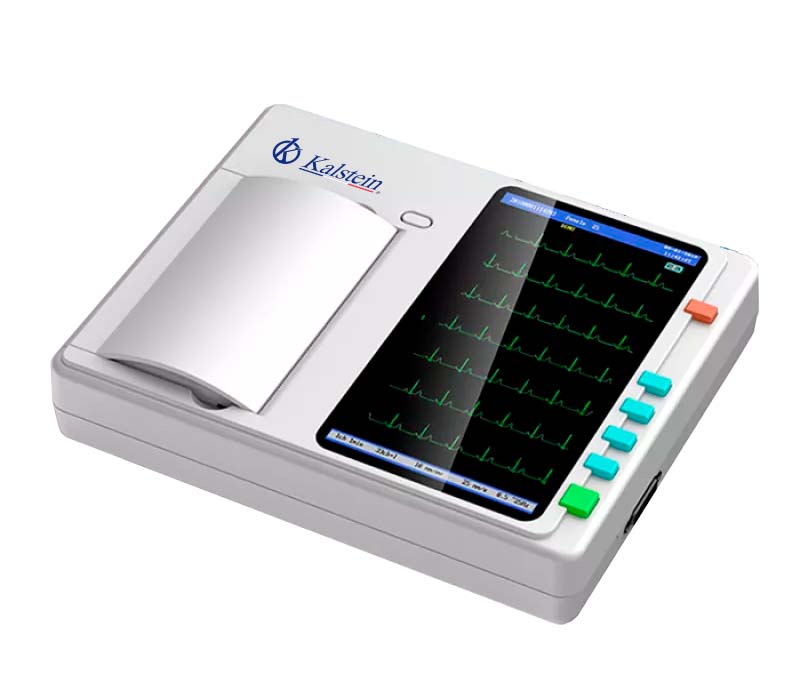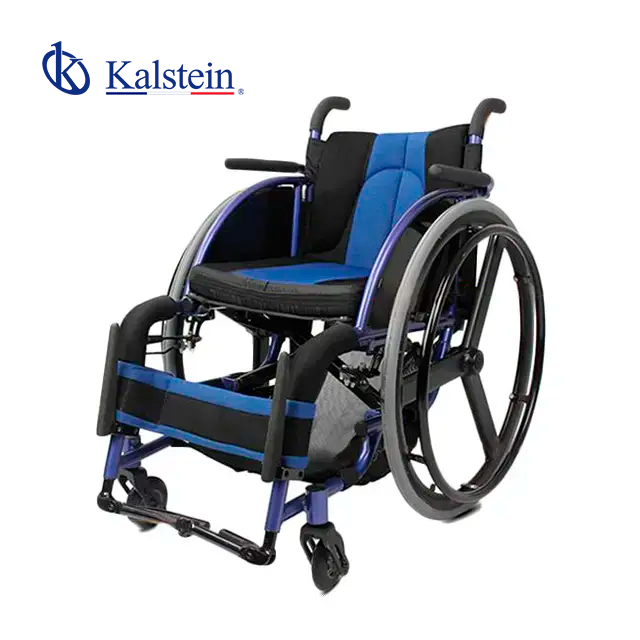In the world of medical technology, battery-powered continuous flow oxygen concentrators have become an essential tool for those needing constant respiratory support. These devices have significantly advanced in recent years, offering greater portability, efficiency, and ease of use.
In this article, we will guide you step-by-step on how to use a battery-powered continuous flow oxygen concentrator to achieve the best results, along with practical tips and detailed tutorials.
What is a Battery-Powered Continuous Flow Oxygen Concentrator?
A battery-powered continuous flow oxygen concentrator is a medical device designed to provide supplemental oxygen to patients with respiratory problems. Unlike pulse models, these devices offer a continuous flow of oxygen, which is crucial for patients with more severe respiratory needs. The latest advancements in medical research have made these devices more compact, lightweight, and efficient, making them easier to use in various settings, from home to outdoor activities.
How It Works
These concentrators work by taking in ambient air and filtering it through a system of molecular sieves that separate oxygen from nitrogen. The concentrated oxygen is stored in a small internal tank, ready to be inhaled by the user. Rechargeable batteries allow for prolonged use without a constant power source, which is ideal for active patients.
Preparing the Device for Use
Before using your oxygen concentrator, it is essential to perform a series of preparatory steps to ensure its proper function and effectiveness. Here’s how to do it.
Initial Battery Charge
The first time you use your battery-powered oxygen concentrator, make sure to fully charge the battery. Connect the device to a power source and let it charge for at least 4-6 hours or until the battery indicator shows it is fully charged. This step is crucial to guarantee optimal performance during use.
Equipment Inspection
Perform a visual inspection of the concentrator to ensure there is no visible damage. Check that all components, including filters and connections, are in good condition. It is also advisable to read the user manual to familiarize yourself with the specific functions and precautions of your model.
Setting the Oxygen Flow
Properly setting the oxygen flow is essential to ensure you receive the prescribed amount of oxygen. Here’s how to do it.
Flow Adjustment
Most oxygen concentrators have a dial or digital control panel where you can adjust the oxygen flow. Turn the dial or use the controls to set the flow in liters per minute (LPM) as prescribed by your doctor. It is important not to adjust the flow without consulting a healthcare professional, as an incorrect setting can affect your health.
Output Verification
Once the flow is set, use a pulse oximeter to check your blood oxygen levels. This small device, placed on your fingertip, will indicate if you are receiving the correct amount of oxygen. If your levels are not optimal, adjust the flow accordingly and consult your doctor if necessary.
Daily Use and Maintenance
Proper use and regular maintenance of your oxygen concentrator are essential for its long-term operation and your well-being. Here’s a guide on how to handle these daily tasks.
Turning the Device On and Off
To turn on the concentrator, press the power button and wait for the device to perform a self-diagnosis, which usually takes a few seconds. Make sure the oxygen flow is properly set before placing the nasal cannula. To turn off the device, simply press the power button and disconnect it from the power source if necessary.
Cleaning and Replacing Filters
The filters of the concentrator should be cleaned and replaced regularly to maintain its efficiency. Refer to the user manual for specific instructions on cleaning and replacing filters. Generally, it is recommended to clean the air filters weekly and replace them every six months, although this may vary depending on the model.
Tips for Maximizing Concentrator Efficiency
To ensure your oxygen concentrator operates optimally, it is important to follow some practical tips. These will help you maximize the device’s efficiency and prolong its lifespan.
Device Placement
Place the concentrator in a well-ventilated area and avoid blocking the air inlets and outlets. Do not place the device in enclosed spaces or on soft surfaces like beds or sofas, as this can limit airflow and affect its operation.
Use of Appropriate Accessories
Use manufacturer-recommended accessories such as high-quality nasal cannulas and extension tubes. Low-quality accessories can affect oxygen delivery and user comfort. Replace accessories regularly according to the manufacturer’s instructions.
Troubleshooting Common Issues
Despite their robust design, oxygen concentrators can occasionally present issues. Here’s how to identify and troubleshoot some of the most common problems.
Oxygen Flow Issues
If you notice a decrease in oxygen flow, check that the device is properly turned on and that the flow is set correctly. Also, inspect the tubes and connections to ensure there are no obstructions or damages. If the problem persists, consult the user manual or contact the manufacturer’s technical support.
Alarms and Error Messages
Oxygen concentrators are equipped with alarms and diagnostic systems that alert you to specific problems. If you hear an alarm or see an error message, refer to the user manual to identify the problem and follow the instructions to resolve it. If in doubt, do not hesitate to contact technical support.
Recent Advances in Medical Technology and Trends
Medical technology is constantly evolving, and oxygen concentrators are no exception. Here are some of the latest advancements and trends in this field.
Innovations in Batteries
One of the most significant advancements in oxygen concentrators is the improvement in battery technology. New lithium-ion batteries offer longer duration and faster recharge times, allowing users to enjoy greater independence and mobility.
Integration with Smart Devices
Some of the latest models of oxygen concentrators come equipped with Bluetooth connectivity and mobile applications that allow users to monitor their oxygen usage, receive maintenance reminders, and adjust settings from their smartphones. This integration makes managing the device easier and enhances the user experience.
In summary, using a battery-powered continuous flow oxygen concentrator can significantly improve the quality of life for those requiring oxygen therapy. By following these guides and practical tips, you can make the most of your device and maintain your respiratory health in optimal conditions. Stay up to date with the latest trends and advancements in medical technology to ensure you are always using the best in respiratory care.
We understand that you need equipment that delivers maximum value to your laboratory. We invite you to visit https://kalstein.co.uk/category-product/medical-line/oxygen-concentrator/, to immerse yourself in our universe of cutting-edge technology equipment. Our prices are competitive and accessible, we combine the convenience of online shopping with the guarantee of an exceptional product. Because you deserve the best, we create and offer top-tier laboratory equipment. Make your choice today, where science comes to life. https://kalstein.co.uk/




